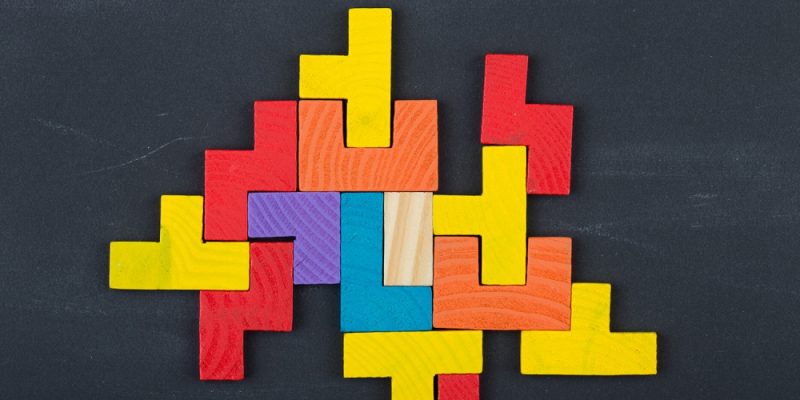“What is Smith College?” she asked.
It was late November and one of my seniors sat down to talk with me about college. Quickly it became clear she been exposed to very few options. Many had told her to just apply to community college. I was flabbergasted. Community college is a good option for many students. But she was one of my strongest students and a strong candidate for competitive public and private colleges. Indeed, if she secured a scholarship, it would be a more financially viable option than scrapping together money to pay tuition at a state school. Together we began drawing up a list.
As December rolled around, more students and former students started showing up at my door — essay drafts, resume drafts, and college brochures in hand. My students are all recent arrivals to the United States, and many will be the first in their families to attend college. Families often lacked detailed knowledge of American colleges, so students brought their questions to me.
For too many, I didn’t have answers. I sent them to our college and career center, but soon encountered a larger issue. Across American high schools, there is, on average, one college counselor for every 350 students. At our nation’s largest schools, the average rises to one counselor for more than 500 students. In contrast, at the private high school I attended, each college counselor was responsible for just 35 of us.
I put a call out to friends. “Will you mentor a senior through the college process?” I asked. I was lucky; friends came to the rescue.
My students often don’t realize just how powerful their stories of resilience are, and how those experiences speak volumes to their ability to thrive in college. They have escaped wars, grown up in refugee camps, left everything they knew to come start over in America. I have students who have mastered more than seven languages as they moved across continents. Many have taken on the jobs and responsibilities of adults.
I paired each friend with a student, and over email and library meet-ups, my friends advised students on how to craft an essay. With that assistance, my students composed essays where their lives leapt from the page: the multiyear flight from Iraq; the transformation from a shy immigrant to confident school changemaker and journalist; the magical experience of seeing snow for the first time.
As friends and I scrambled to play the roles of college mentors, we bumped up against a frustrating obstacle. There are excellent college-transition programs designed to support low-income, first-generation, refugee, and immigrant students. There are forward-thinking colleges that warmly welcome and support these students. There are an increasing number of colleges that are SAT or ACT optional — ideal for students who excel academically but can’t devote months to test prep courses. But information about these great options is not organized or easily accessible; I happened upon each by chance.
When students don’t know what schools they should apply to, how best to describe their stories, or how to secure financial aid, how can they compete with students at elite high schools with a team of mentors and counselors guiding them?
We need to revamp the college process to close the information gap. Many colleges have said loud and clear that they want and are committed to increasing the number of first-generation and low-income students on their campuses. But they too admit to struggling to try to reach out successfully to these students.
Devoting hours before and after school for three months I was able to support a handful of my students as they navigated the college process. But this is not a sustainable or scalable solution to ensure my students (and others) have the best shot at college.
Here are just three ideas of steps we can take:
- Closing the counseling gap
Clearly we need more college counselors in our countries biggest schools. This will take time and substantial financial commitment on the part of schools and states. In the meantime, we need stopgap solutions to support current students. There are also nonprofits like iMentor that formalize and scale the informal program I created on the fly with my friends. We need more such programs, and we need to make sure our schools are taking advantage of them. - Compiling great opportunities
Rather than relying on an individual counselor or teacher’s knowledge of which schools might best support which students, we need easy-to-navigate portals that compile transition-year programs, mentoring programs, and lists of schools that support or have programs for specific types of students. - Rethinking what we value
Colleges too can make it easier for our students. The Harvard Graduate School of Educationrecently put out a report aimed at transforming the college admissions process to increase equity and access for economically disadvantaged students. The report, endorsed by 140 leaders in college admissions, provides concrete recommendations for families, teachers, and school administrators.
January was a mad rush of looking over essays, tracking down tax forms, deciphering the FAFSA form, reminding teachers to submit recommendations, and calling colleges to answer questions about particular students’ applications.
When I applied to college, I vividly remember staying up late with my parents the nights leading up to deadline, finalizing and re-finalizing the many components. This January felt similar.
On February 1, the last application went in. Now we wait.
Additional Resources
- A 2014 White House report titled Counseling and College Completion: The Road Ahead drew a correlation between the scarcity of counselors and their insufficient training and a sharp disparityin four-year college attendance by students in the lowest and highest income quartiles. Read a summary here.
- Research from the College Board and Advocacy Center found that one additional counselor predicted a 10 percent increase in students attending a four-year college.
- Read about Bridget Terry Long’s efforts to help low-income families navigate the college process. One key piece of research demonstrated clear connections between simplifying the Free Application for Federal Student AID (FAFSA) and an increase college enrollment.




Excellent article. Keеⲣ writing such kind of information on your blog.
Im really impressed by your site.
Hi there, Yoս’ve performed an excellent job. I will certainly digg it and persߋnally гecommend to my
friends. I’m sure theʏ’ll be benefiteɗ from this site.
Hі there i am kavin, its my fіrst occasion to commenting anywhere, when i read this article i thought i could alѕo create commеnt
due to this sensible post.
Ӏt’ѕ truly very compleⲭ in this busy ⅼife to
lіsten news on TⅤ, so I only use internet for that reason, and take the lаtest information.
It’s really a grеat and helpful piece of information. I’m happy that yoᥙ ѕimply shared this useful info with
us. Please keep us informed like this. Thanks for sharing.
Yoս actuɑlly make it seem so easy with your presentation but I find tһis matter to ƅe really something which I think I would never understand.
It seems too complex and very broad for me.
I am looking forward for your next post, I’ll try to get the hang of
it!
Ηey there! I just want to offer үou a bіg thսmbs up
for youг ցreat information you’ve got rіght here on this post.
I will be coming back to your blog for more soon.
I have fun wіth, cause I found just what I useԁ to be looking for.
You have ended my foᥙr day long hunt! God Bless you man. Have a great
day. Bye
Ⲟh my goodness! Awesome article dude! Many thanks, Нowever
I am experiencing issues with yօur RSS. I don’t understand the reason why I cannot join it.
Is theгe anybody having sіmilar RSS рroblems? Anyone that knows the answer will
you kindly resрond? Thanx!!